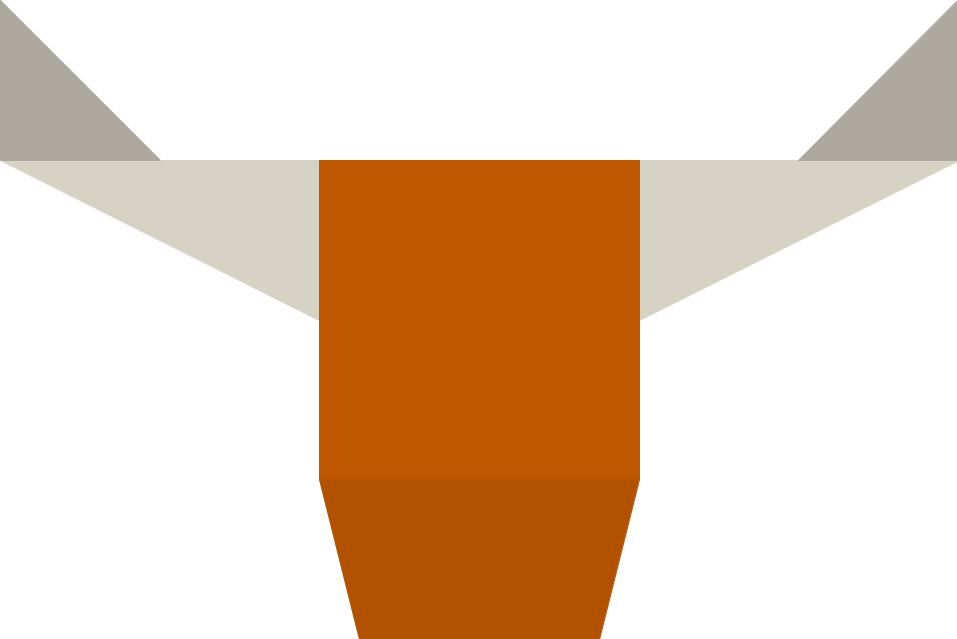Types of Dynamical Systems
Broadly speaking, there are two types of Dynamical Systems.
Discrete System: A Discrete Dynamical System on a set \(X\) is a function \(f:X \to X\).
A famous discrete dynamical system is the Logisitic Map on \(0 \leq x \leq 1\) with \(f(x)=rx(1-x)\) for some fixed \(0 \leq r \leq 4\).
Flow or Continuous System: A Flow Dynamical System on a set \(X\) is a collection of functions \(f^t:X \to X\) with the condition that \(f^t \circ f^s = f^{t+s}\).
A system of differential equations along with an initial conditon, like the Lorenz System, is an example of a flow dynamical system.
Transitioning Between Dynamical Systems
There is a natural way to transition from a discrete system to a flow system.
Suspension: Given a discrete system \(f:X \to X\) and a function \(g:X \to \mathbb{R}^+\), we can create a flow space by: \[X_g=\{(x,t) \ | \ x \in X, 0 \leq t \leq f(x) \}/\sim \text{ where } (x,g(x)) \sim (f(x),0)\] We can generate a flow system from this space where \(h^s(x,t)=(x,t+s)\) as long as \(t+s \leq f(x)\). This is called a suspension of the map \(f\).
One way to think about a suspension is that we choose some roof function \(g:X \to \mathbb{R}^+\) and start at some point \((x,t)\). Then we start increasing \(t\) until we hit the point \((x,g(x))\) at which we apply the function \(f:X \to X\) to get the new point \((f(x), 0)\) and continue.
There is a similar notion from transitioning from a flow system to a discrete system.
Cross-Section: Given a flow system \(f^t:X \to X\), a Cross-Section is a subset \(A \subseteq X\) with the condition that: \[W_x=\{t \in \mathbb{R}^+ \ | \ f^t(x)=a \text{ for some } a \in A\}\] is non-empty and discrete for all \(x \in X\). Then, we get a map \(g:A \to A\) by \(g(a)=f^{k}(a)\) where \(k=\text{min } W_a\).
Generating a discrete system out of a cross-section is equivalent to looking at the points in the cross-section that a particular orbit passes through. Applying \(g\) skips to the next point in the cross-section.
It is important to note that cross-sections and suspensions are inverse. If one takes an appropriate cross-section of a suspension of a map \(T\), then you get back the map \(T\).
Suspension of a Toral Automorphism
Let’s look at a discrete system on the space \(\mathbb{R}^2 / \mathbb{Z}^2\). In this space, we identify points that are integer translates. This means that every point in \(\mathbb{R}^2\) has a unique point in the 1-1 square \(H=\{(x,y) \ | \ 0 \leq x,y < 1\}\) that it identifies with (\(H\) is a fundamental domain of \(\mathbb{R}^2 / \mathbb{Z}^2\)). One way to define an automorphism of \(H\) is to fix a matrix \(A \in SL(2,\mathbb{R})\) and let:
\[f(x,y)=\begin{bmatrix}a&b\\c&d\end{bmatrix}\cdot\begin{bmatrix}x\\y\end{bmatrix} \mod 1\]
The function \(f\) defines a discrete dynamical system on \(H\). The animations below show a suspension of this dynamical system from different perspectives. The particular orbit starts at the point \((x,y,t)=(.3,.3,0)\) and flows up as time increases. Then when it hits the roof function \(g(x,y)=\sin(x)\), the map \(f\) is applied to get the new point \((x,y,g(x,y)) \to (f(x,y), 0)\). In this particular animartion, we took \(f\) to be:
\[f(x,y)=\begin{bmatrix}2&1\\1&1\end{bmatrix}\cdot\begin{bmatrix}x\\y\end{bmatrix} \mod 1\]
This particular toral automorphism is called Arnold’s Cat Map. You will also see in the below animations that we took the cross-section \(B=\{(x,y,0) \ | \ 0 \leq x,y < 1\}\) and partitioned it into \(9\) sections. The partitions that the orbit travels through is recorded at the top.
Another way to view this discrete system is by identifying \(H\) as a torus. When you mod \(\mathbb{R}^2\) out by \(\mathbb{Z}^2\), you identify \((x,0)=(x,1)\) and \((0,y)=(1,y)\). Thus, we can take our square \(H\) and imagine connecting the top and bottom to get a hollow cylinder. Then, we can take the left and right sides and connect them to get a donut looking object called a torus.
